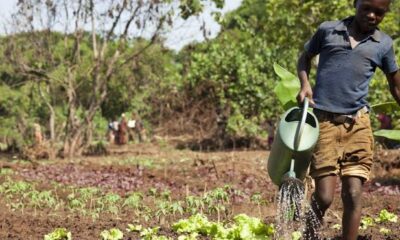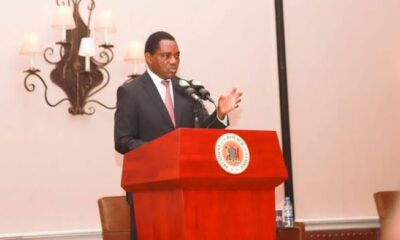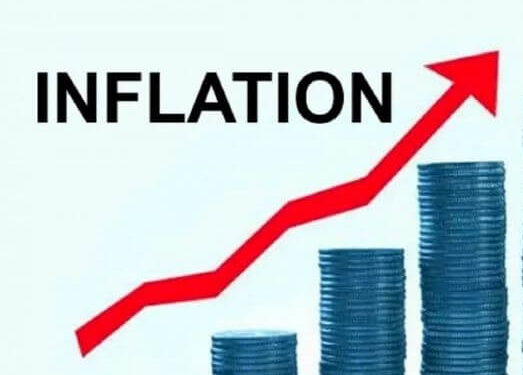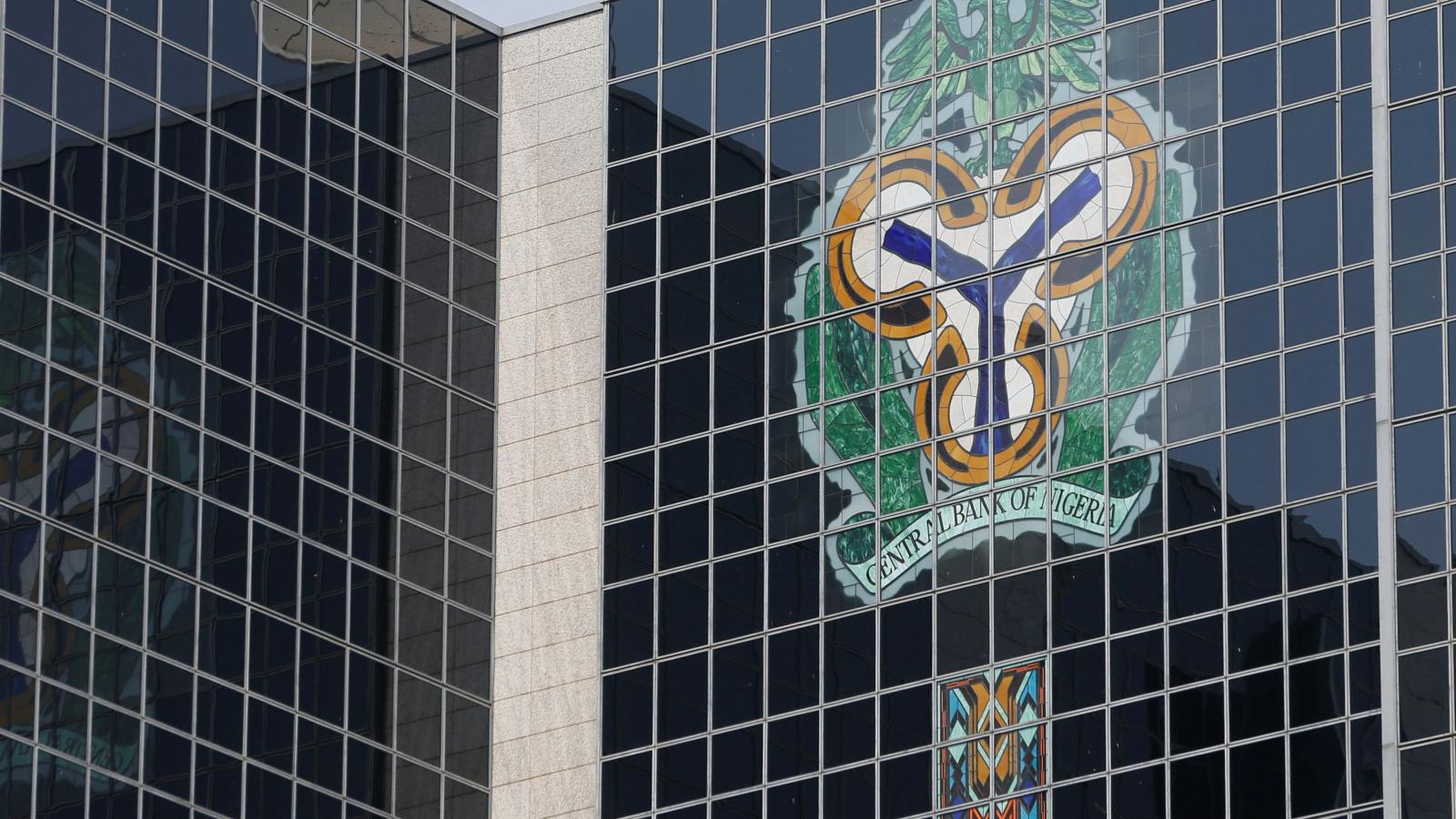A shortage of hard cash and a severe drought that has caused power outages in copper-producing Zambia have made its currency, the kwacha, fall to a record low against the US dollar as of Wednesday, reaching 27.30 to the dollar.
Based on LSEG data, the value of the kwacha relative to the US dollar has decreased by over 5% this year and 17% in the last six months. The previous low, on February 6, was 27.23.
The latest profile of the Kwacha is an anti-climax from an earlier position this year, in February, following consistent drastic monetary policy interventions by its central bank, Zambia’s currency became Africa’s best-performing currency against the US dollar.
This year, the US dollar index, which measures the value of the dollar relative to a basket of currencies, has increased by 4% to 105.58. However, the MSCI International Emerging Market Currency Index, which opens in a new tab, has only declined by 1%, indicating that the kwacha is not keeping up with the currencies of larger emerging nations.
The southern African country went into default in 2020 due to the COVID-19 pandemic. Its attempts to restructure its debt have been plagued by delays, but in March they made progress when the government and a group of bondholders agreed in principle.
“There is too much demand for dollars, mainly to meet imports of petroleum products and we have very scanty supply. It appears we are heading towards 30 per dollar,” a trader at a commercial bank in Zambia said.
Global monetary tightening cycle caused serious problems for African currencies in 2023. The official currency rates for the Nigerian naira, Kenyan shilling, and South African rand saw considerable swings in December 2023, with an average decline of 27% from 25% in November.


 VenturesNow2 days ago
VenturesNow2 days ago
 Musings From Abroad2 days ago
Musings From Abroad2 days ago
 Metro2 days ago
Metro2 days ago
 Metro21 hours ago
Metro21 hours ago





















